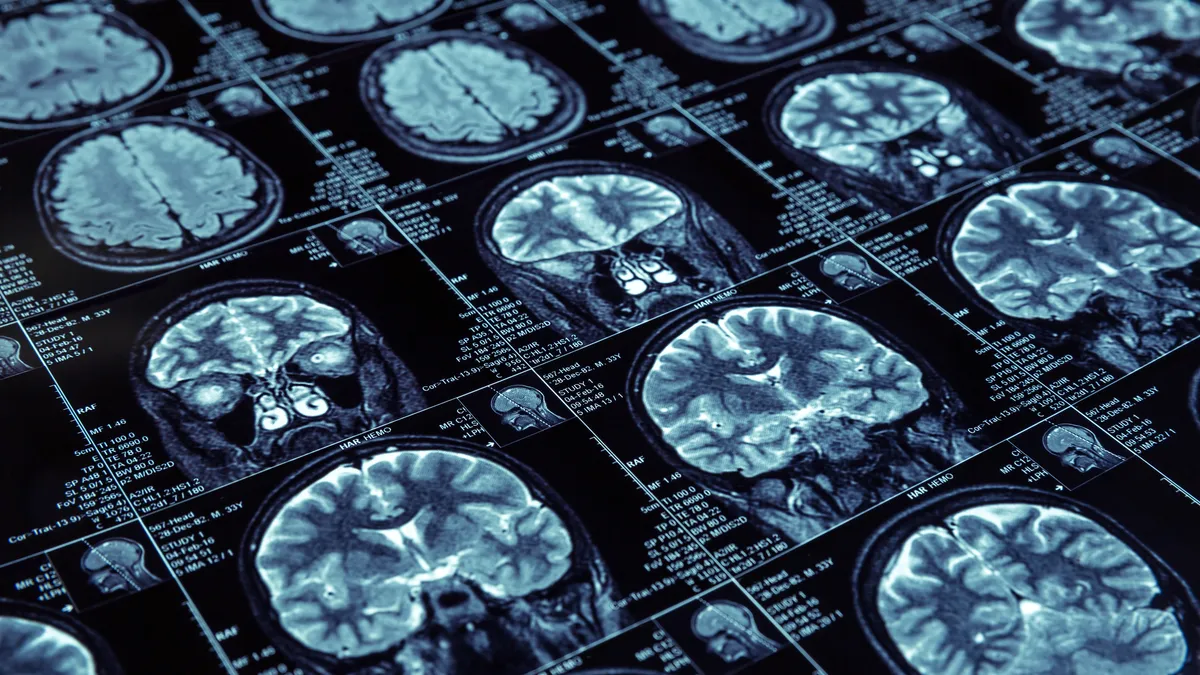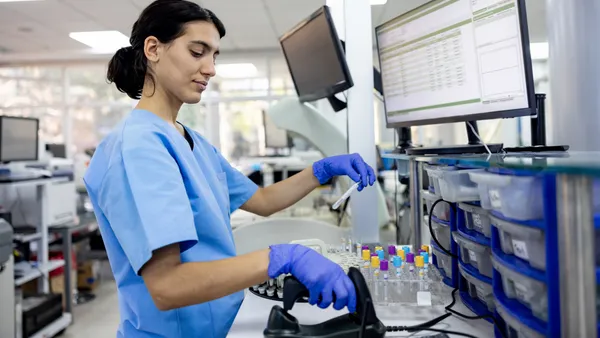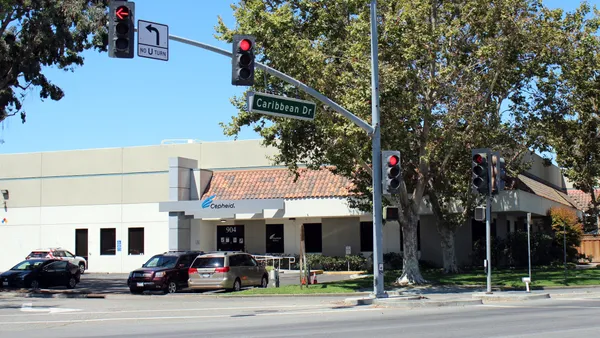Dive Brief:
- FDA recently made two moves to expand diagnostic options for traumatic brain injuries, granting a De Novo clearance and an indication expansion for a 510(k)-authorized device.
- Neurodiagnostic developer Oculogica announced today it received marketing authorization for EyeBOX, its technology that tracks eye movement to measure cranial nerve function to determine presence and severity of a potential TBI, FDA's final reported De Novo clearance of 2018.
- Additionally, neurotech company BrainScope said Wednesday it had received additional indications of use for its BrainScope One device, allowing the company to market the product as a multi-modal, multi-parameter assessment that can address concussions and mild TBIs.
Dive Insight:
The Centers for Disease Control and Prevention estimates as many as 3.8 million sports- or recreation-related concussions alone, a form of mild TBI, occur in the U.S. each year.
Standard-of-care diagnostic systems for concussions and other TBIs are less than uniform, often combining computerized tests with physical evaluations. Head injury patients may be assessed through observation of physical markers like balance, coordination and reflex, or interviewed to examine memory, concentration and recall abilities. Additionally, CT and MRI scans can be used to screen for potentially life-threatening impacts like brain bleeding, bruising or scarring, but those tools cannot otherwise detect loss of function due to concussion.
With awareness of concussions on the rise amid high-profile reckonings within organizations like the National Football League, so-called baseline testing has become increasingly common in schools and other youth sports settings, where healthy athletes take a computer test measuring speed of mental processing, reaction time and memory, the scores of which are compared to results from a post-injury test. The market is largely dominated by an assessment from ImPACT Applications, used in more than 7,400 high schools and 1,000 colleges and universities in the U.S.
Developers at Oculogica are among those who worry that baseline testing and other traditional forms of diagnosing TBIs make it too difficult to isolate cause of symptoms and remove external factors. The Oculogica team says EyeBOX can be used without a baseline and regardless of literacy or language abilities and plans to market the device for patients between the ages of five and 67, beginning with a pilot launch.
Patients rest their face in the device and watch a short video. According to the company, that's all the time it takes to track 100,000 data points across 67 domains of eye movement, a metric shown to reliably differ between patients with varying levels of brain function. The De Novo application was based on a clinical study of 282 emergency room patients who presented symptoms of TBI. Similar eye-tracking concepts have been authorized for other companies by FDA for functions such as vision screening, early indication of autism and Parkinson's disease.
“Eye-tracking will change the practice of emergency care for concussion and will greatly assist a large number of patients. The result will be more consistent and objective diagnoses of concussion in the emergency room and clinic, and eventually on the field,” Robert Spinner, Chair of the Department of Neurological surgery at Mayo Clinic commented in Oculogica's news release.
The company said it's looking into expanding into other neurological conditions of the brain, such as elevated intracranial pressure.
BrainScope One is a portable point-of-care device system involving an electrode headset that can be placed on a patient with a suspected brain injury, used in conjunction with a practitioner's handheld electroencephalogram signal (EEG) recording device. The company said the technology is used to identify and evaluate key brain electrical activity biomarkers of TBI. The device also includes digitized versions of standard clinical assessments for concussions.
While the technology can be used in patients ages 15 to 85, the prescription-only diagnostic is not meant to be the only diagnostic tool employed. Different iterations of the product have been cleared by FDA since 2015. The company also said in a press release that it's growing its existing and pending patent portfolio to number over 100 to address a range of other neurological indications.











